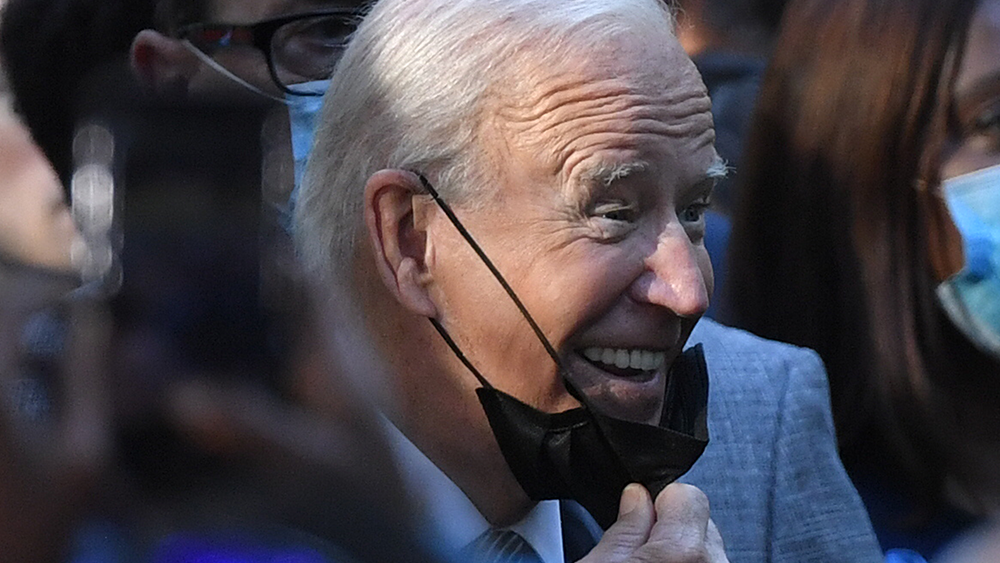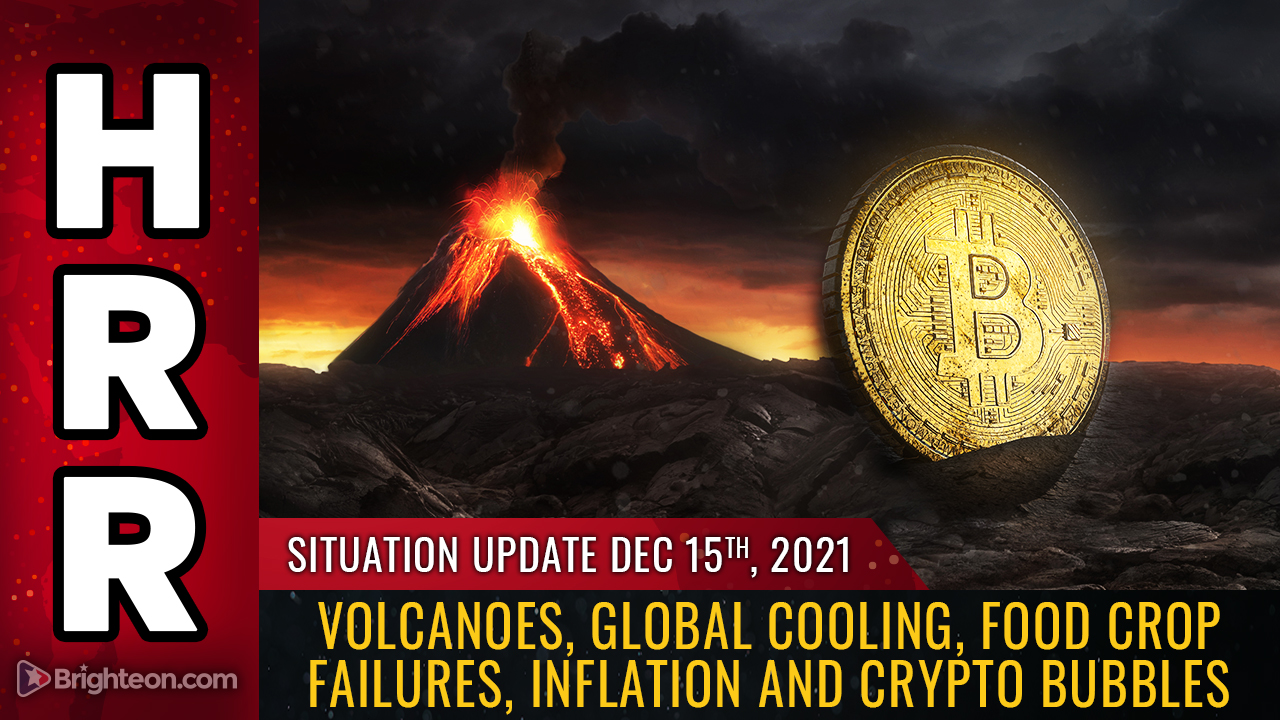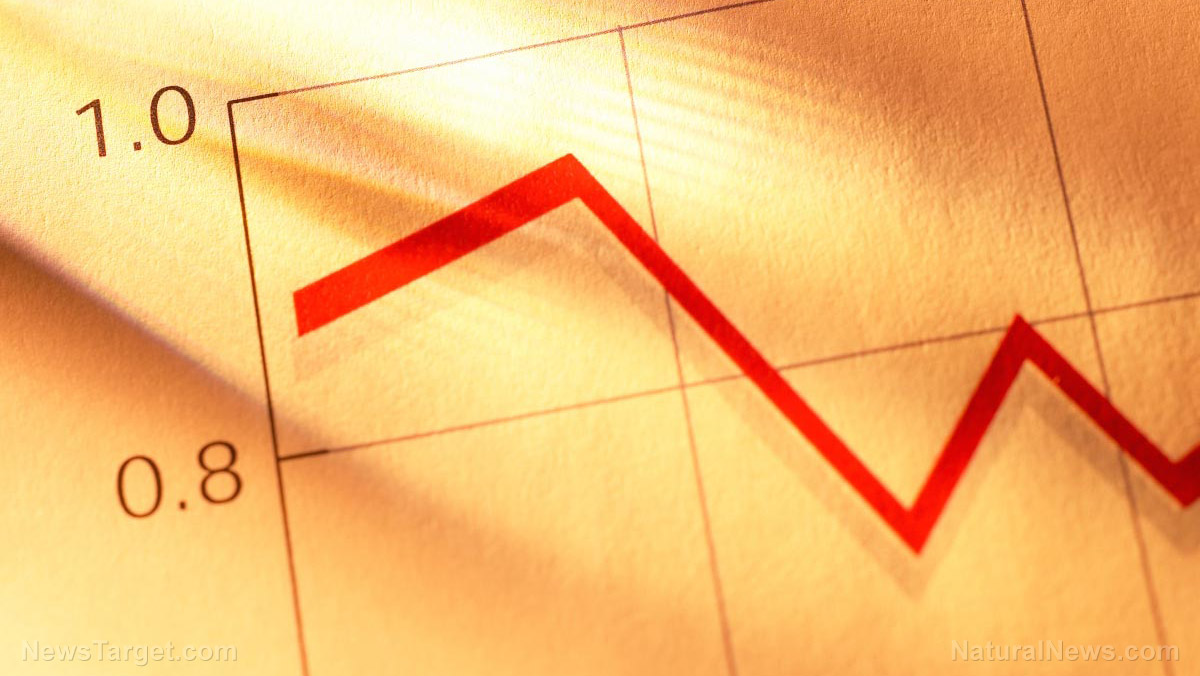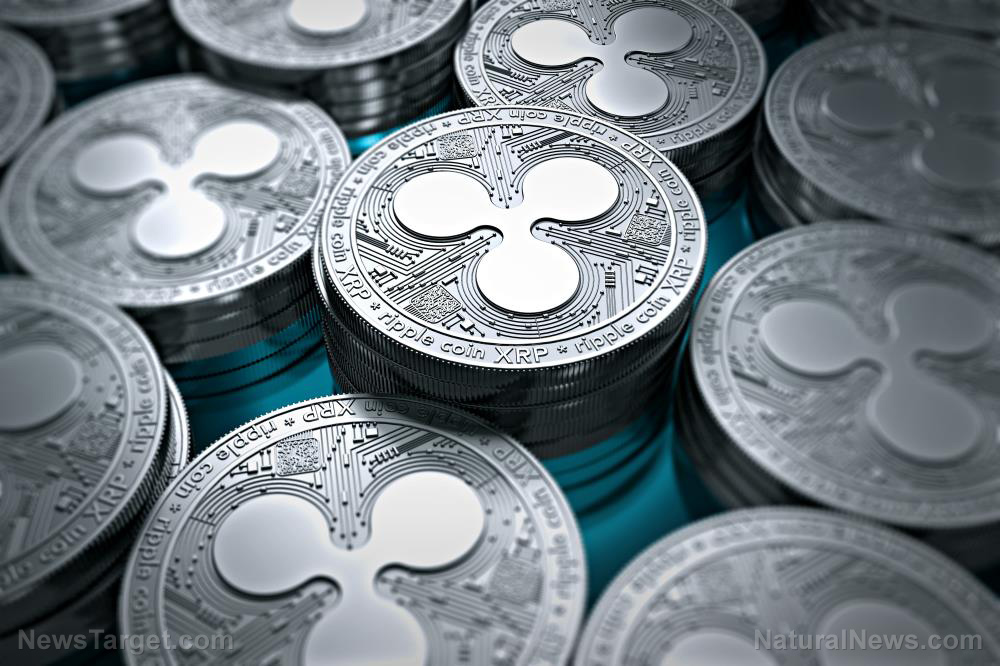Shipping rates continue to rise as holiday season nears
11/02/2021 / By Mary Villareal
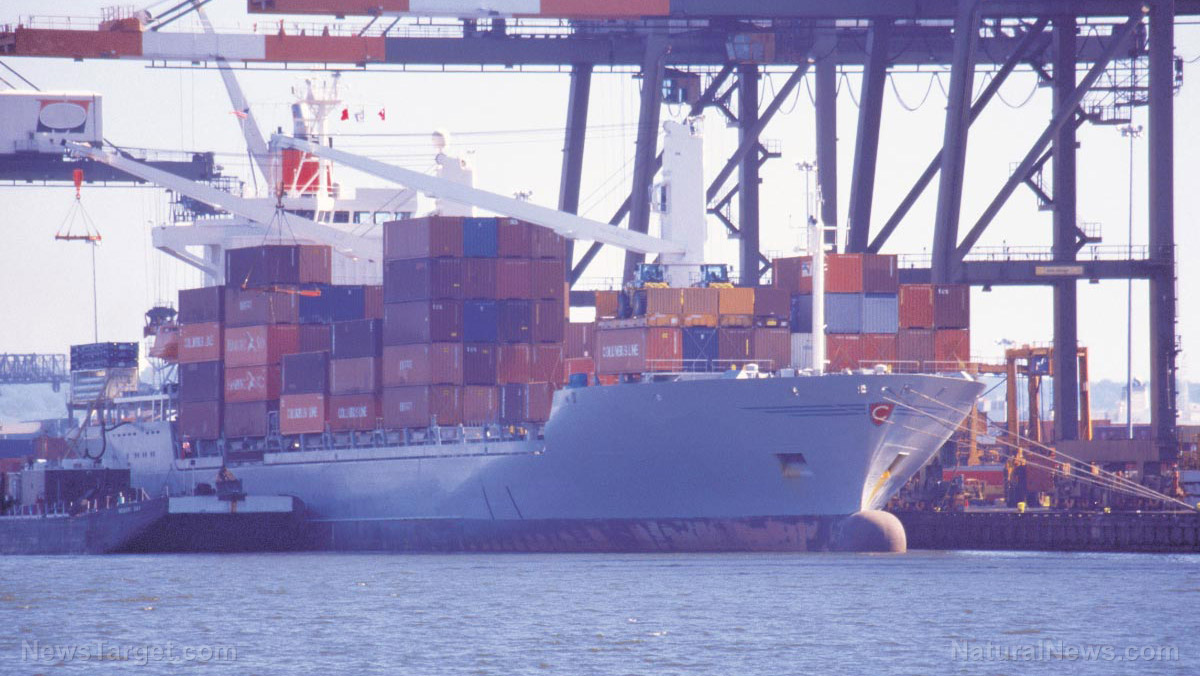
Shipping rates continue to rise with no signs of abating soon. While some indexes showed a slight pullback, the hope for any major decline in shipping costs has been pushed back to at least the Chinese New Year in February next year.
The S&P Global Platts index for North Asia and West Coast rates was at $8,400 per forty-foot equivalent unit (FEU), not including premiums charges. While this is down from the $9,000 per FEU in early October, it is still up 140 percent year-on-year.
Platts’ weekly report also cited expectations from some sources that Asia-West Coast rates could increase by November as inventories replenish.
George Griffiths, the editor of global container freight at Platts, said that the market would be quite weak at the moment because of Christmas demand. However, there is still enough demand to keep rates as they are. “The market is now saturated with cargo, and demand is so high that sentiment almost doesn’t matter anymore. The fundamentals are driving the market and we haven’t seen a change in fundamentals,” he said.
Griffiths attributed the pullback in rates to China’s Golden Week holiday, which he called “a flash in the pan,” noting that rates are still “ridiculously expensive.” He added that everyone is now waiting for the Chinese New Year and the prospect of China taking two weeks off to help ease supply chain issues. (Related: Supply chain disruptions lead to shortages and soaring prices.)
Economists expect shipping crisis to continue well into 2022
Economists say that shipping backups at large U.S. ports that cause goods shortages and price surges are not likely to get resolved soon, and will continue well into 2022. For instance, some 77 ships waiting outside docks in Los Angeles and Long Beach, California, carry with them $24 billion worth of goods.
The pressures that the bottlenecks are feeding into the economy put more constraints on everything, from grocery stores to manufacturers. Prices for consumer and wholesale goods are also soaring, and trends are expected to create more inflation over the holiday season, with potentially fewer goods under Christmas trees.
“Backlogs and elevated shipping costs are likely to persist at least through the middle of next year because no immediate solution for the underlying supply-demand imbalance at U.S. ports is available,” Goldman economist Ronnie Walker said.
However, the pressures should soon ease slightly as the ongoing seasonal peak in shipping demand ahead of the holiday season passes. In the meantime, consumers will have to expect to pay more despite having access to less.
Today, shipping a container through the major U.S. ports takes thrice the time it normally does, with a third of the containers in L.A. and Long Beach sitting longer than five days at the ports before getting shopped out. Offloaded containers also dropped.
President Joe Biden tried to mitigate the problem by ordering ports to stay open 24/7, but it didn’t do much other than help at margins. Ongoing labor shortage and a lack of coordination blunted the move. “The upshot is that the outlook offers no immediate fixes for the underlying supply-demand imbalance at U.S. ports,” Walker said.
Larger companies will have to find ways to keep their products moving amidst the disruptions, and many said that they have taken a hit from the shipping delays. These companies have deployed different strategies to mitigate the damage.
Sean Connolly, CEO of packaged food company Conagra, said that his company is struggling to keep up with consumer demand.
“This is a great problem to have, but it increases the demands on our supply chain at a time when the industry is navigating labor shortages, material supply issues and transportation cost and congestion challenges,” he said. “If we had the capacity to meet all of the demand, our numbers would likely have been even more impressive.”
Read more about the disruption of supply chains and how it affected the global economy in the past year at Collapse.news.
Sources include:
Tagged Under: Bubble, cargo vessels, chaos, Christmas, Collapse, delivery, labor shortage, market crash, package deliveries, panic, port congestion, products, shipping industry, supply chain, supply delays
RECENT NEWS & ARTICLES
COPYRIGHT © 2017 BUBBLE NEWS

